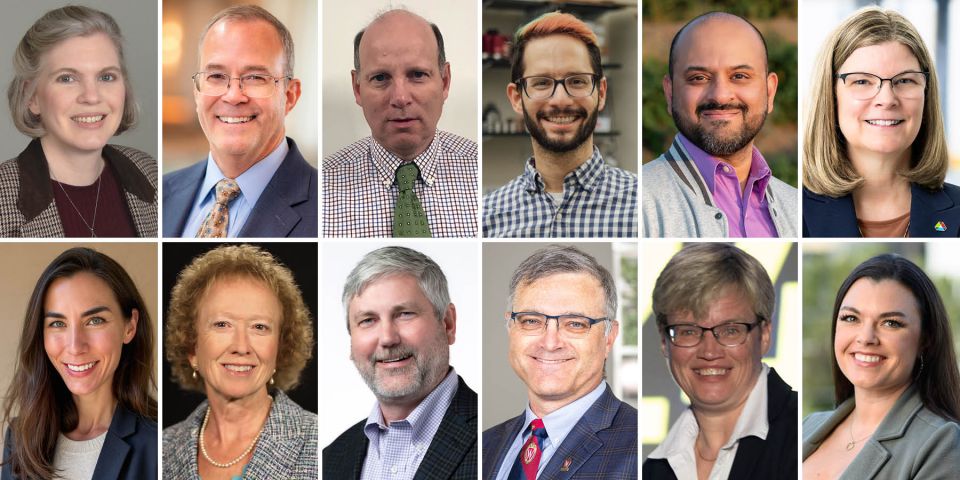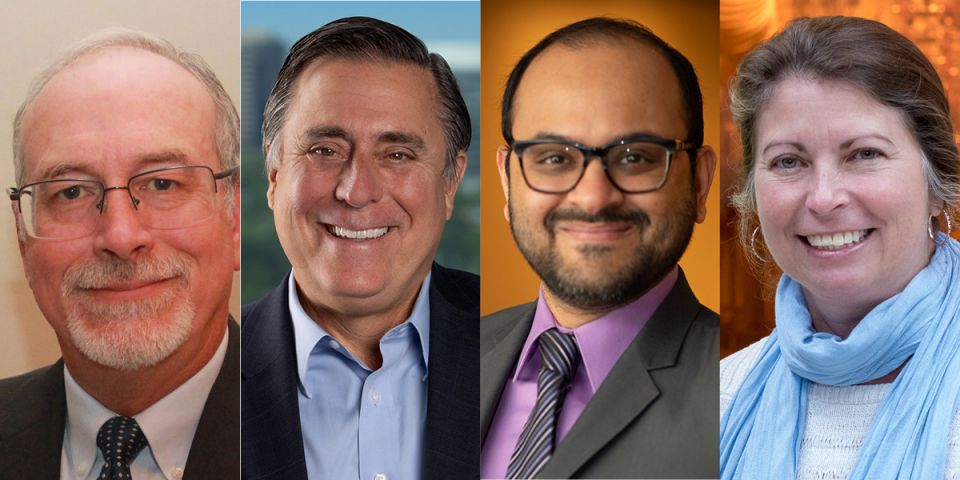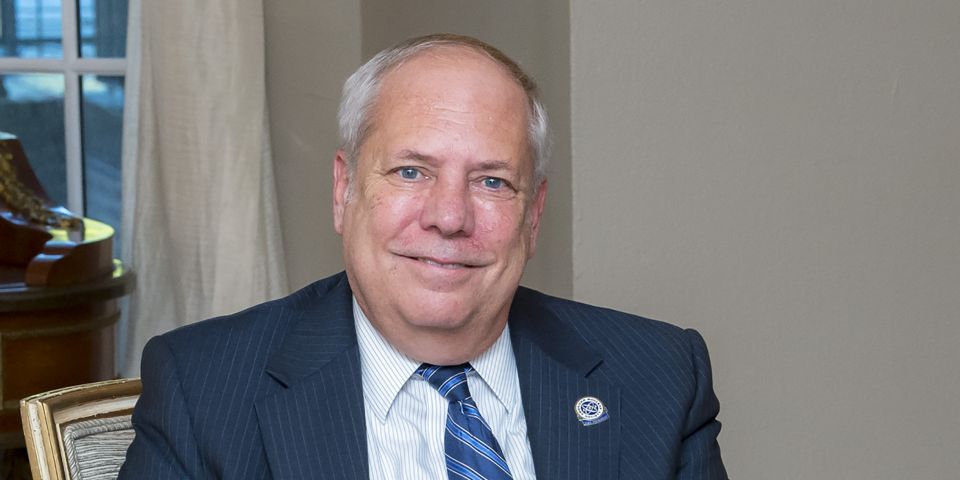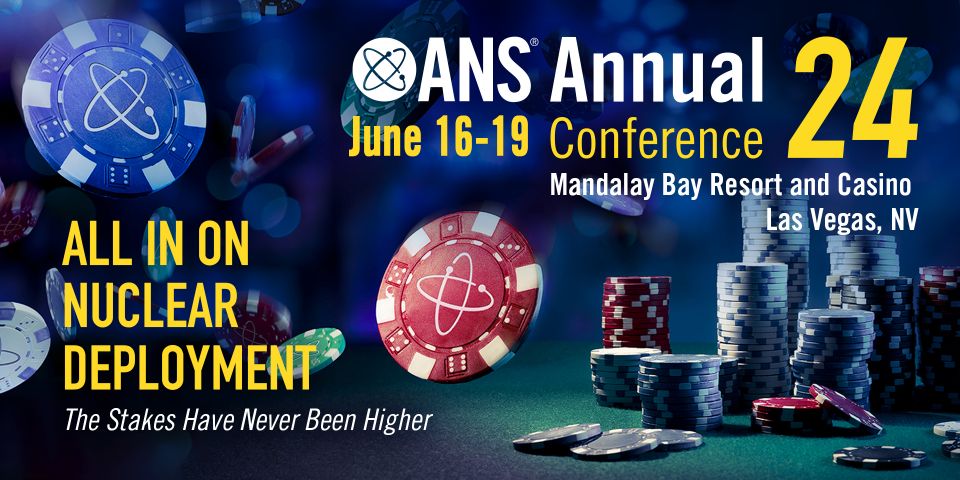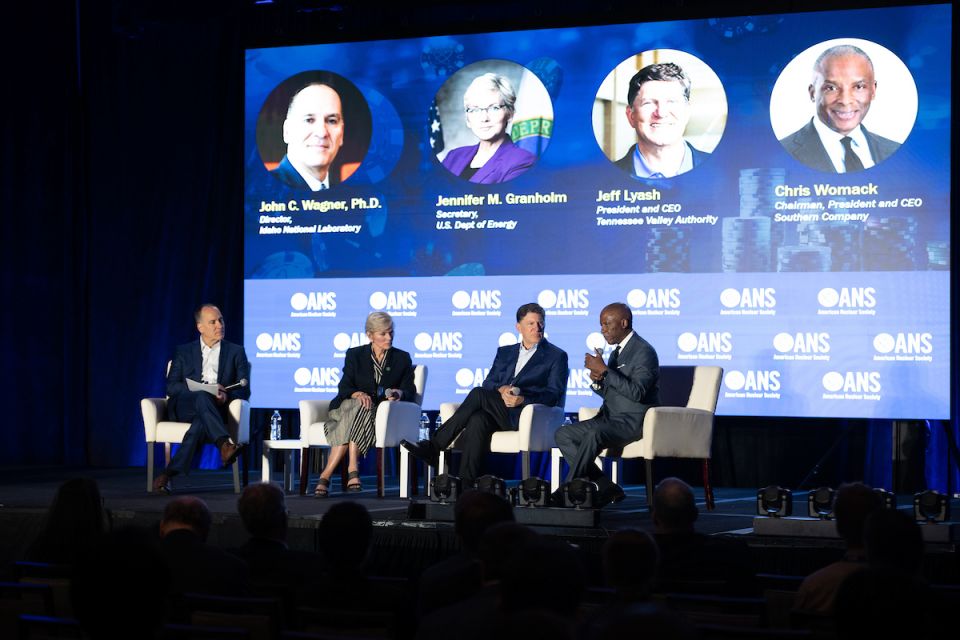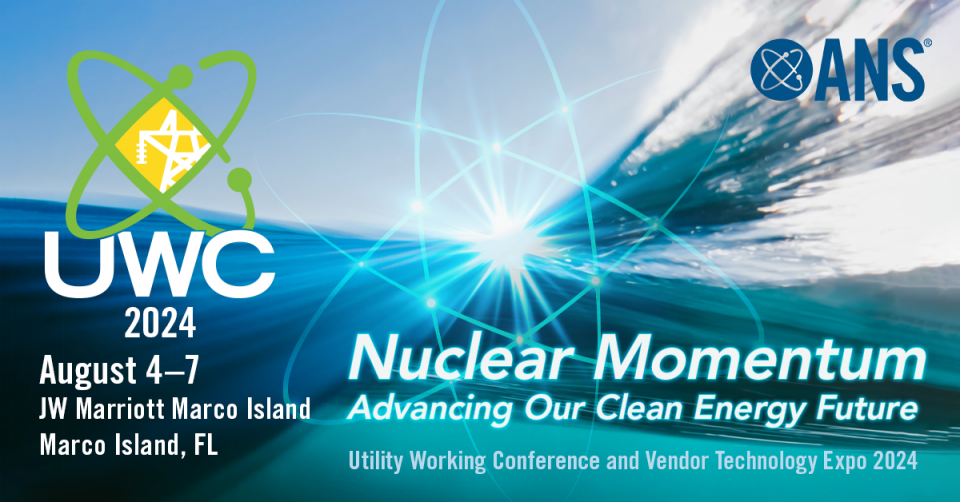Staying positive is more of a challenge. Just as graduations, weddings, and other important events have been canceled, so too have numerous ANS meetings and conferences. As many of you know, both the hosting divisions or sections and the ANS staff put a lot of work into these events. In addition, the events are a significant source of revenue for the Society. Our staff have been working with several hotel managers to identify mutually acceptable solutions for canceled or rescheduled events.
A special tribute goes to the Student Sections Committee, the Young Members Group (YMG), and the North Carolina State University Student Section for their handling of the 2020 ANS Student Conference. The host team from NC State worked tirelessly this past year to plan a conference that was scheduled for March, just a few weeks after college campuses were shut down. While most other industry events were canceled, the conference planning team was able to pull off a virtual event, including a Student Design Competition conducted as a webinar. They were very lucky to have Rita Baranwal, whose personality transcends any virtual medium, as their plenary speaker. The YMG has continued to demonstrate its quick reaction time and ingenuity by sponsoring various webinars, including a very popular microreactors webinar which attracted over 1,300 registrants. They have also been widely successful with their Spotlight on National Labs series.
We’re applying the successes and lessons from the Student Conference and YMG webinars to the Annual Meeting. As you likely know by now, we will not be meeting in Phoenix this June. Rather, we’ll deliver live content online via webinars. It’s a daring move on our part, but I’m confident we can pull it off. Special thanks to Mark Peters and Corey McDaniel at Idaho National Laboratory for their help in pulling this together.
I was looking forward to meeting in Phoenix, as it would have been the closing event of my term as ANS president. When I began my term last June, I was concerned about the Society’s financial standing and the lack of optimism for our future. Throughout the summer and early fall, the staff and member volunteers worked together to develop Change Plan 2020, which is a roadmap to renew the Society’s capabilities and increase value to our members. The Change Plan was approved unanimously by the Board in November. The staff, under the new leadership of Craig Piercy and Paula Cappelletti, have developed implementation plans to carry out the elements of the Change Plan. Early progress is evident in our organizational effectiveness and communications. (Little did we know that some of the fundamental elements of the Change Plan would be needed to respond to a pandemic.) There is much more to come as the Change Plan spawns further improvements. Most importantly, we have a collaborative spirit between the staff and member volunteers to identify and implement additional changes so that the Society continues to improve. Last June, I almost couldn’t wait for my term to be over. Now I’m sorry to see it come to an end. I am grateful I had such a professionally and personally enriching opportunity.
In closing, I want to remark on the responses of ANS members and others to the COVID-19 crisis. I congratulate students and universities for finishing this current academic semester remotely; the Department of Energy and the national labs for making progress on a multitude of programs and projects that are important to the application of our nuclear technology; and the medical community for responding with courage, speed, and innovation. Lastly, I’m so proud of our utilities, the vendors and suppliers who support them, and the Nuclear Regulatory Commission for keeping our nuclear plants running. Thanks to their dedication, there is no consumer run on flashlights and home generators. We have a clean and reliable source of electricity to power our hospitals, grocery stores, and even Netflix.



